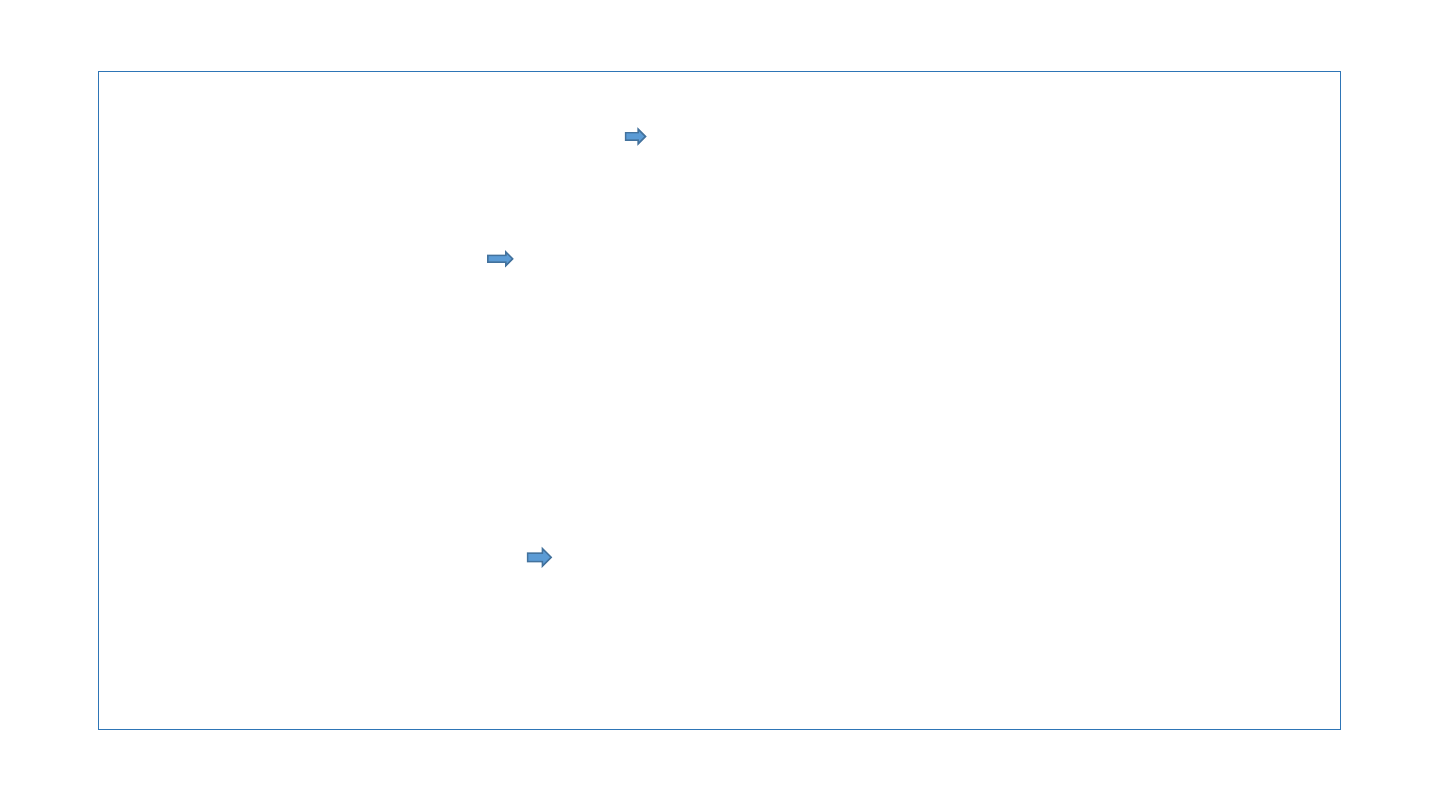
11. Binding
1. Semantic Interpretation Rule
Case-marked S-structures undergo semantic interpretation; that is, they are subject to
a set of rules which map them onto an initial representation of their meaning.
Semenatic interpretation is crucial to Syntax, relating with anaphors, pronominals,
lexical NPs.
(i) Anaphor: reciprocal anaphor / reflexive anaphor
An anaphor is an NP which takes its reference from some other expression in the sentence,
its antecedent : each other, self-forms(myself, ourselves, yourself, yourselves, himself,
themselves,
herself, itself, etc.)

(1) (a) John and Mary like each other reciprocal anaphor (John and Mary is an antecedent
of
(b) *Each other have left each other)
(2) (a) John cut himself reflexive anaphor (John is an antecedent of himself)
(b) *Himself resigned
(ii) Pronominal: personal pronouns
Semantically speaking, pronominals can fulfil either of two functions in English;
they can either take their reference from some other NP or they can refer inde-
pendently.
(3) John thinks he is clever pronominal
(The pronominal he could either be interpreted as referring back to John
or as referring to someone other than John.)

(iii) Lexical NPs : overt NPs (Nim Chimsky, the man next door, Debbie Harry, etc.)
2. Coreferential Interpretation
One important task for any theory of semantic interpretation is to determine whether or not
any given pair of NPs in a sentence can be interpreted as coreferential.
The reciprocal anaphor each other can be anaphoric to either the NP they or the NP the arrows.
(4) They shot the arrows at each other
(5) (a) They2 shot the arrows3 at each other2
(b) They2 shot the arrows3 at each other3
(4) has two interpretations of (5a) and (5b) ambiguously. Coreference relations can be shown
by using indices.
(6) (a) John2 thinks he2 is clever (= proximate interpretation for he)
(b) John2 thinks he3 is clever (= obviative interpretation for he)

# Indexing Rule will assign appropriate indices to all the NPs in a sentence, thereby
representing all the relevant coreference relations.
(11) INDEXING RULE
Assign every NP in a sentence an index (where the index is a random integer)
The rule (11) makes the prediction (12).
(12) Any random pair of NPs in a sentence can either be interpreted as coreferential
or as noncoreferential
(13) I2 like yourself2 I and yourself are coindexed and therefore wrongly predicted to
be
interpretable as coreferential.

We could rule out ‘impossible’ interpretations like (13) by Matching Condition of (14),
which would be a kind of ‘semantic filter’ ━ a filter which rules out some interpretations as ill-
formed:
(14) MATCHING CONDITION
If two NPs are assigned the same index, they must ‘match’ in feature
(e.g. Number, gender, person, etc.)
# Indexing Rule and Matching Condition will help to account for the impossible interpretations as
follows:
(15) (a) *John2 hurt himself3
(b) *John2 hurt him2
(c) *John2 hurt Fred2
Binding Conditions should be applied to rule out overgenerated interpretations like (15)
(a), (b), (c).